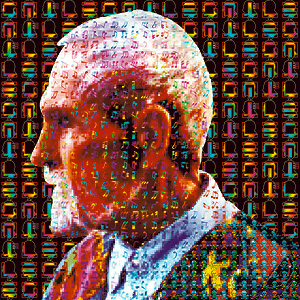LSD History

LSD discovery by Albert Hofmann
(not to be confused with Abbie Hoffman)
- Born January 11, 1906, Baden, Switzerland
- Died April 29, 2008 (aged 102), Burg im Leimental, Switzerland
- Known for Synthesis of LSD-25
Albert Hofmann was a Swiss scientist known best for being the first person to synthesize,
ingest, and learn of the psychedelic effects of lysergic acid diethylamide (LSD).
Hofmann was also the first person to isolate, synthesize, and name the principal psychedelic mushroom
compounds psilocybin and psilocin. He authored more than 100 scientific articles and numerous books,
including LSD: My Problem Child. In 2007 he shared first place, alongside Tim Berners-Lee,
in a list of the 100 greatest living geniuses, as published by The Telegraph newspaper.
from Wikipedia - click here to read more...

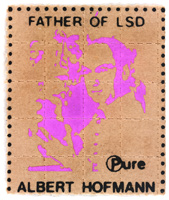


LSD Before October 6, 1966
LSD was legal in the United States until it became illegal in California on October 6, 1966, and other states soon followed.
Up until that time, LSD was distributed mostly in liquid form, and other pharmaceutical formats. It was available for purchase from Sandoz laboratories in Switzerland, and many medical applications were under research.


LSD After October 6, 1966
After the US government made LSD illegal it was banned even for medical and scientific use. People continued to use LSD, but it was manufactured and distributed through underground channels, using new, innovative methods and formats for measuring dosage, quantity, and branding.
One way of distributing LSD was called "blotter". It involved saturating absorbent paper with LSD in solution. The first blotter papers were dosed by carefully dropping the liquid LSD onto paper in a grid formation. Later, the paper was prepared by printing a grid on the paper, then soaking the whole sheet of paper in the liquid LSD. The dosage was indicated by cutting along the lines of the grid so that each square of the grid was a certain dosage depending on the strength of the LSD solution applied.
This process of creating doses with grided paper evolved into using paper that was perforated along the lines of a grid so that doses could be torn apart easily. And small symbolic pictures were added to the paper to provide clues as to the origin of the LSD that paper contained.
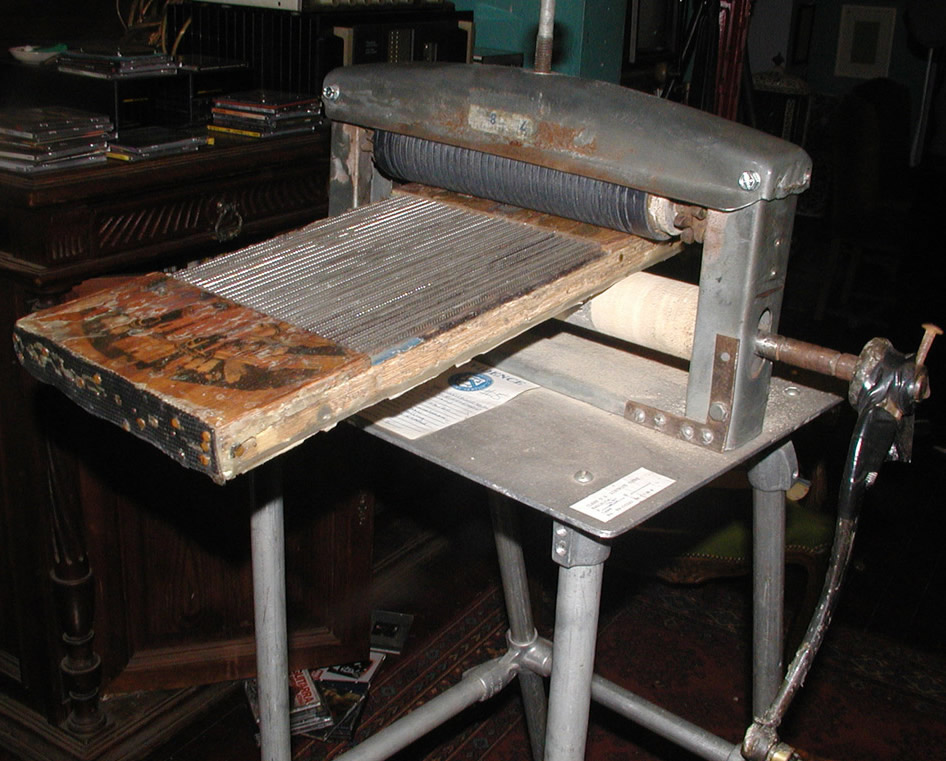
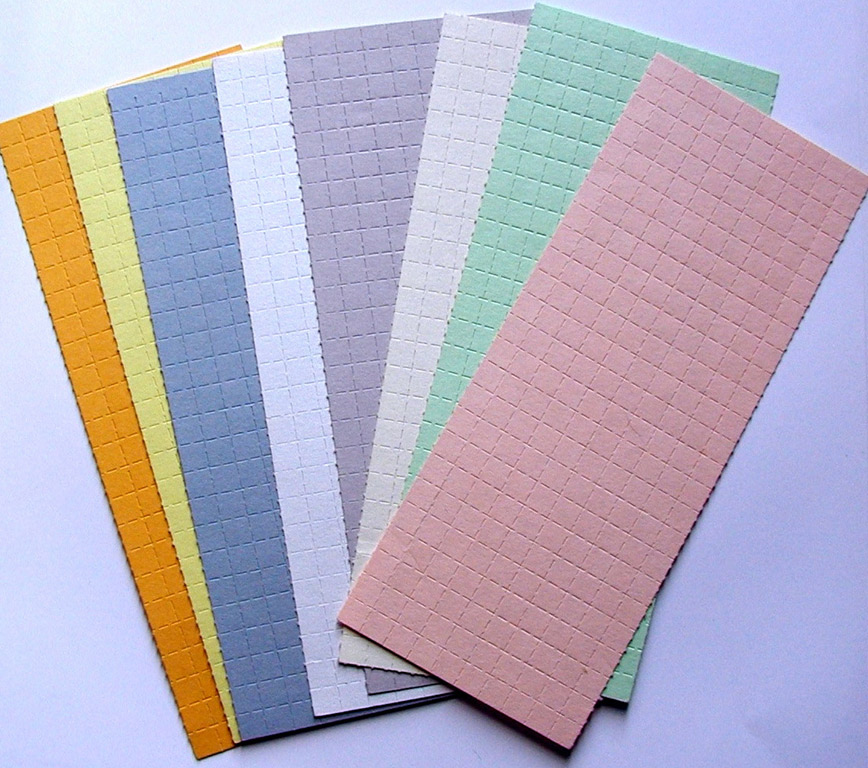


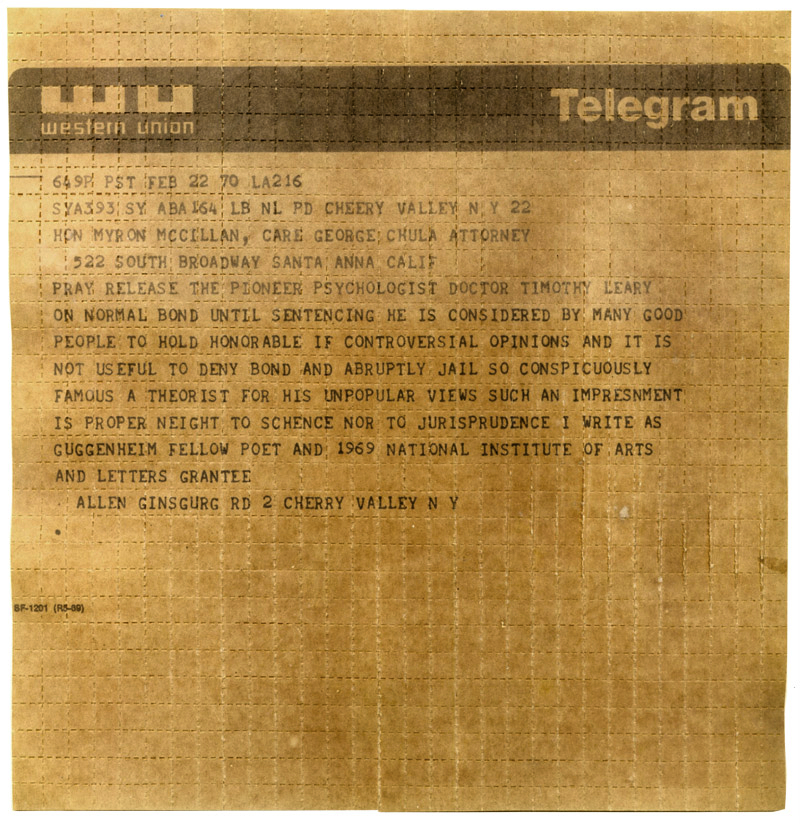
Almost 50 Years of LSD Prohibition
In October of 2016 LSD will have been illegal for 50 years, and subject to long harsh prison terms as punishment for any form of interaction with the substance. Nevertheless, people continue to seek the LSD experience for their own reasons. The powerful psychoactive effects of LSD have stimulated profound creative thinking.
